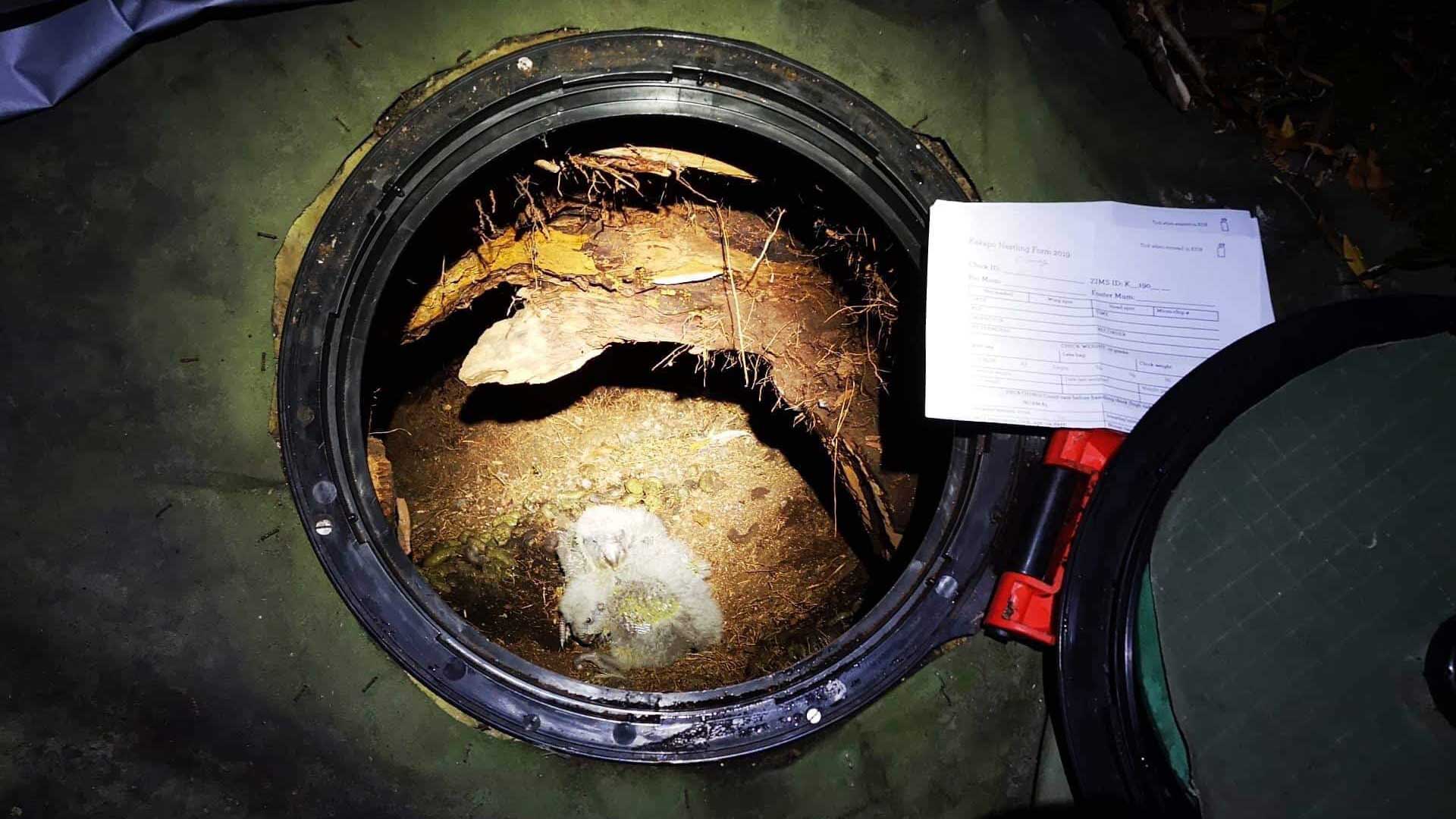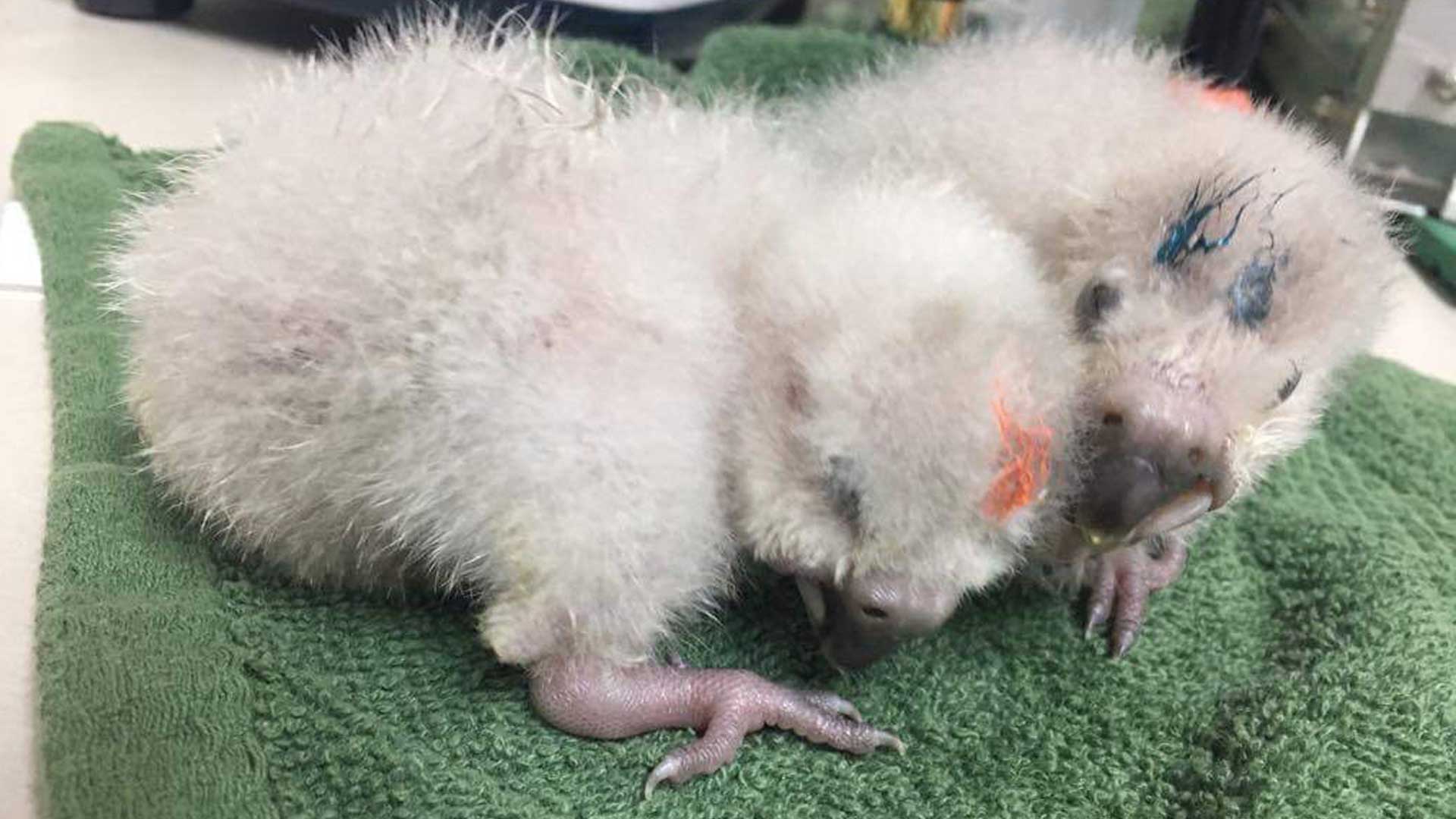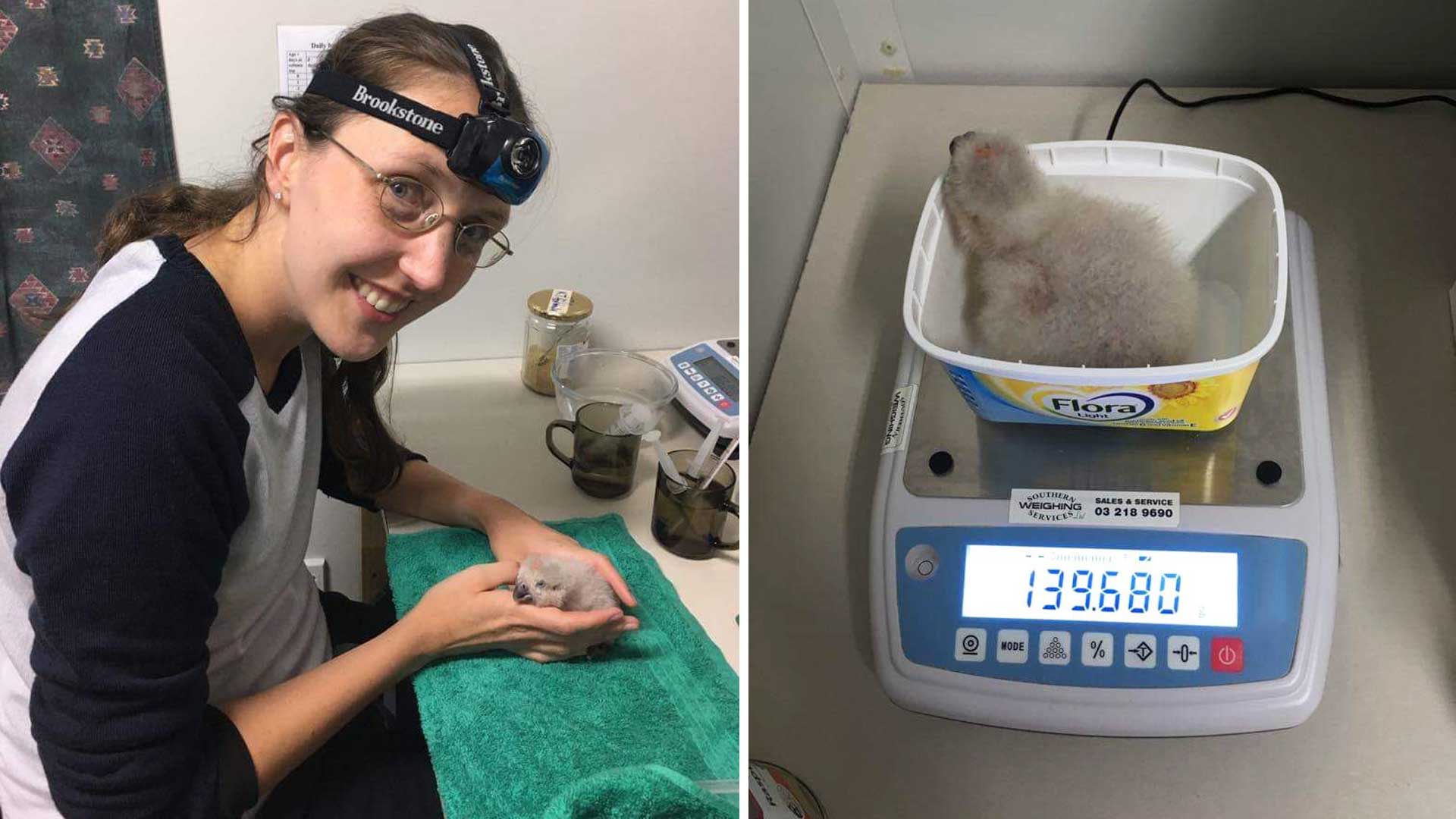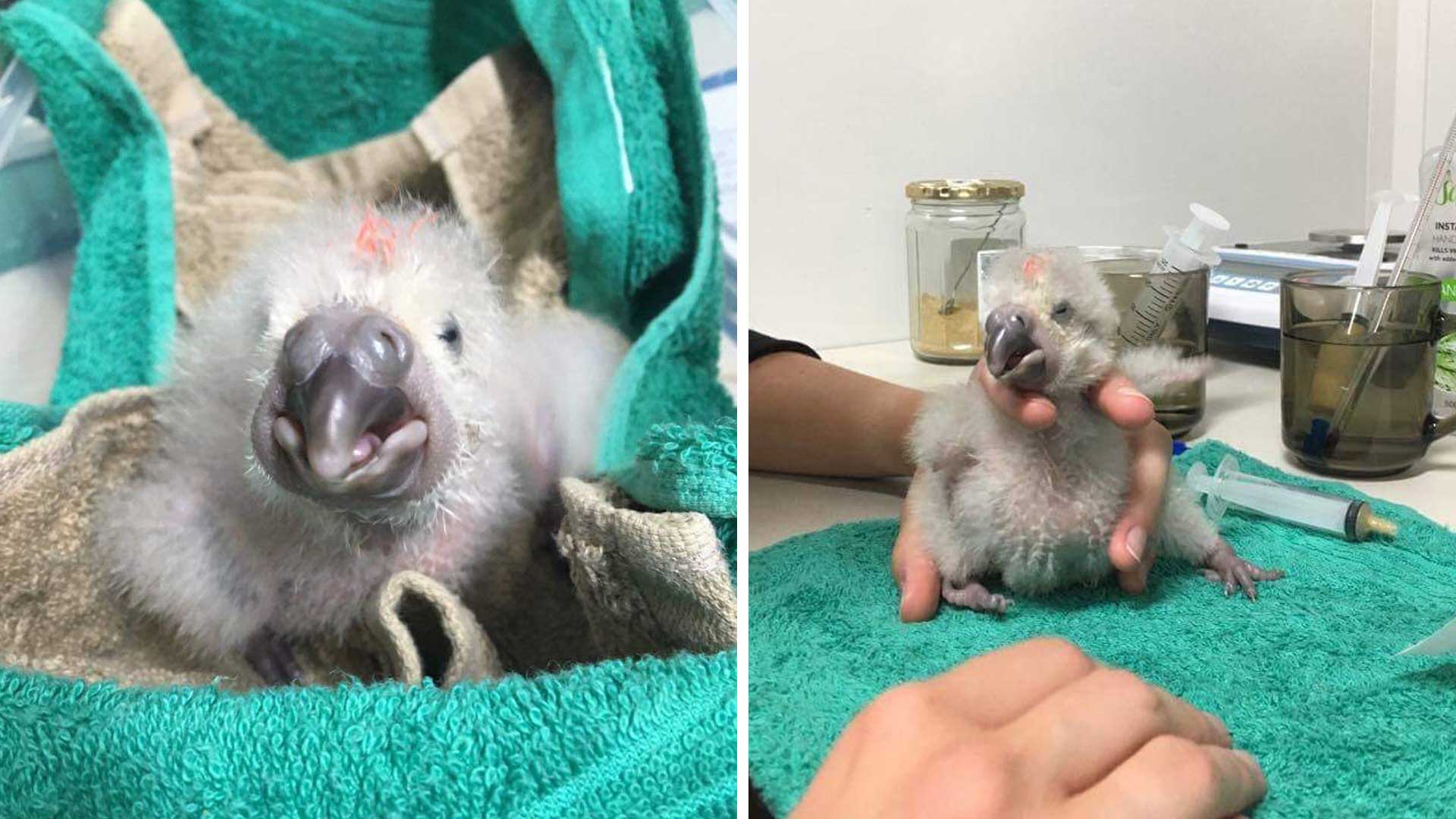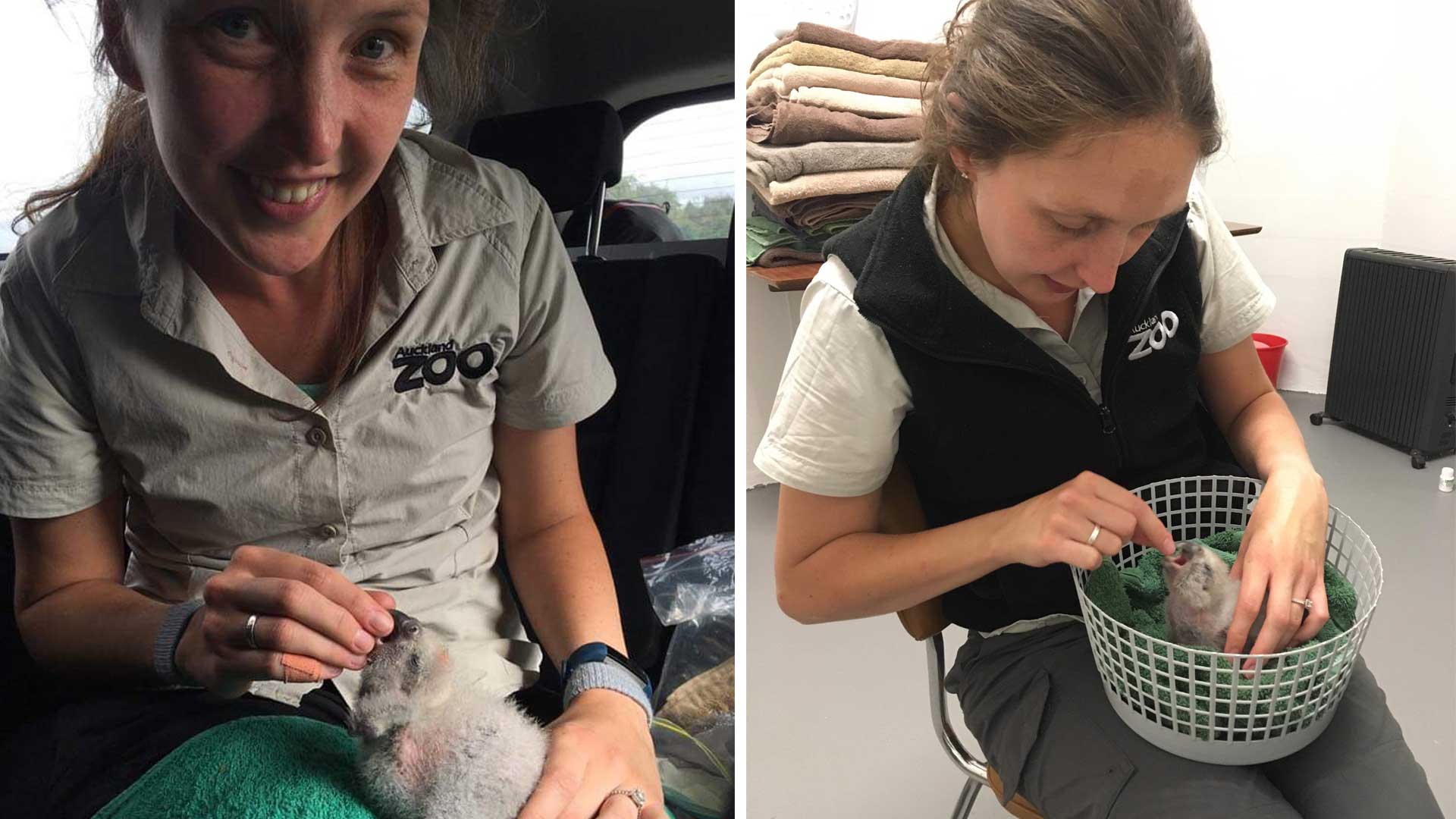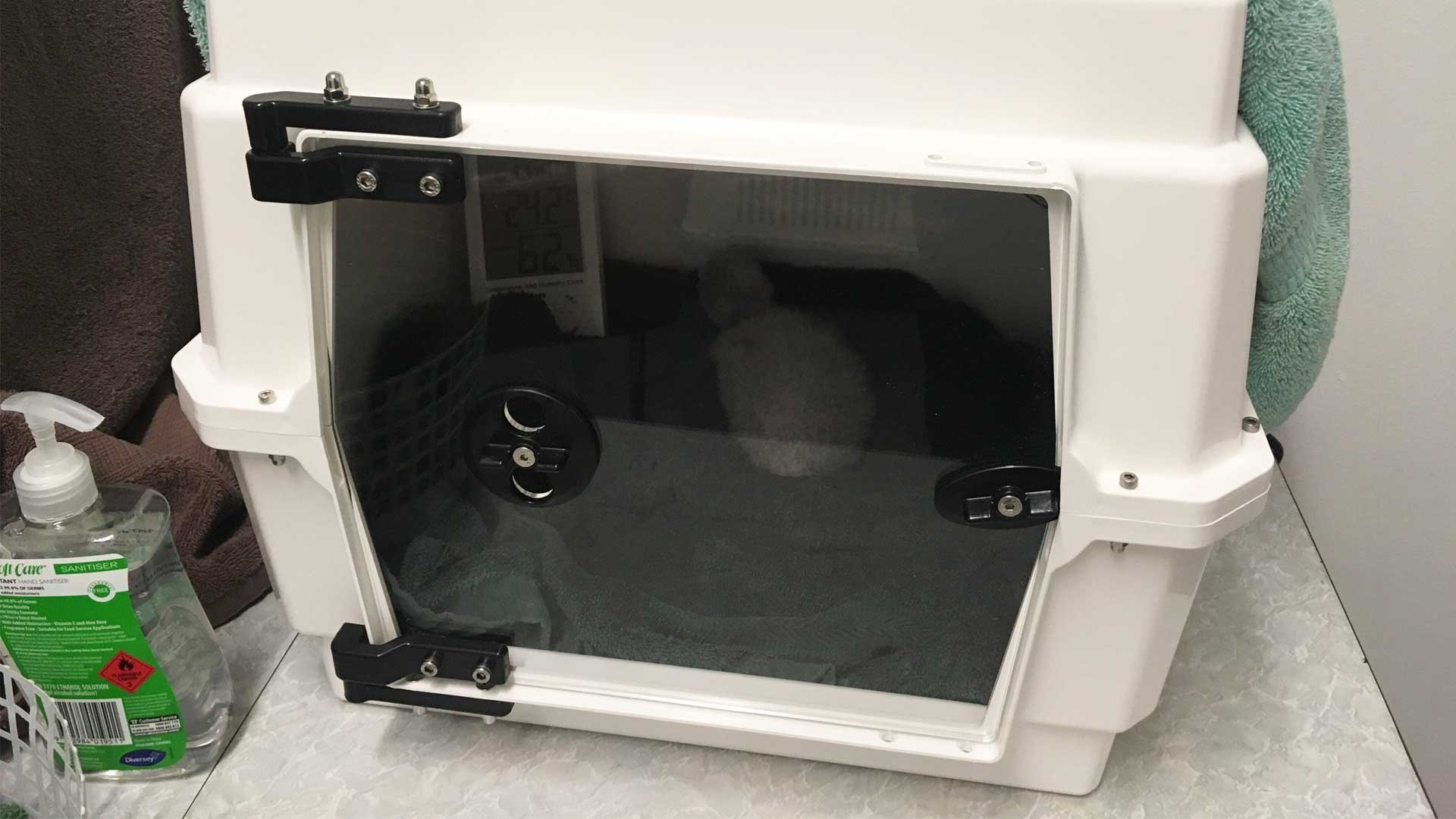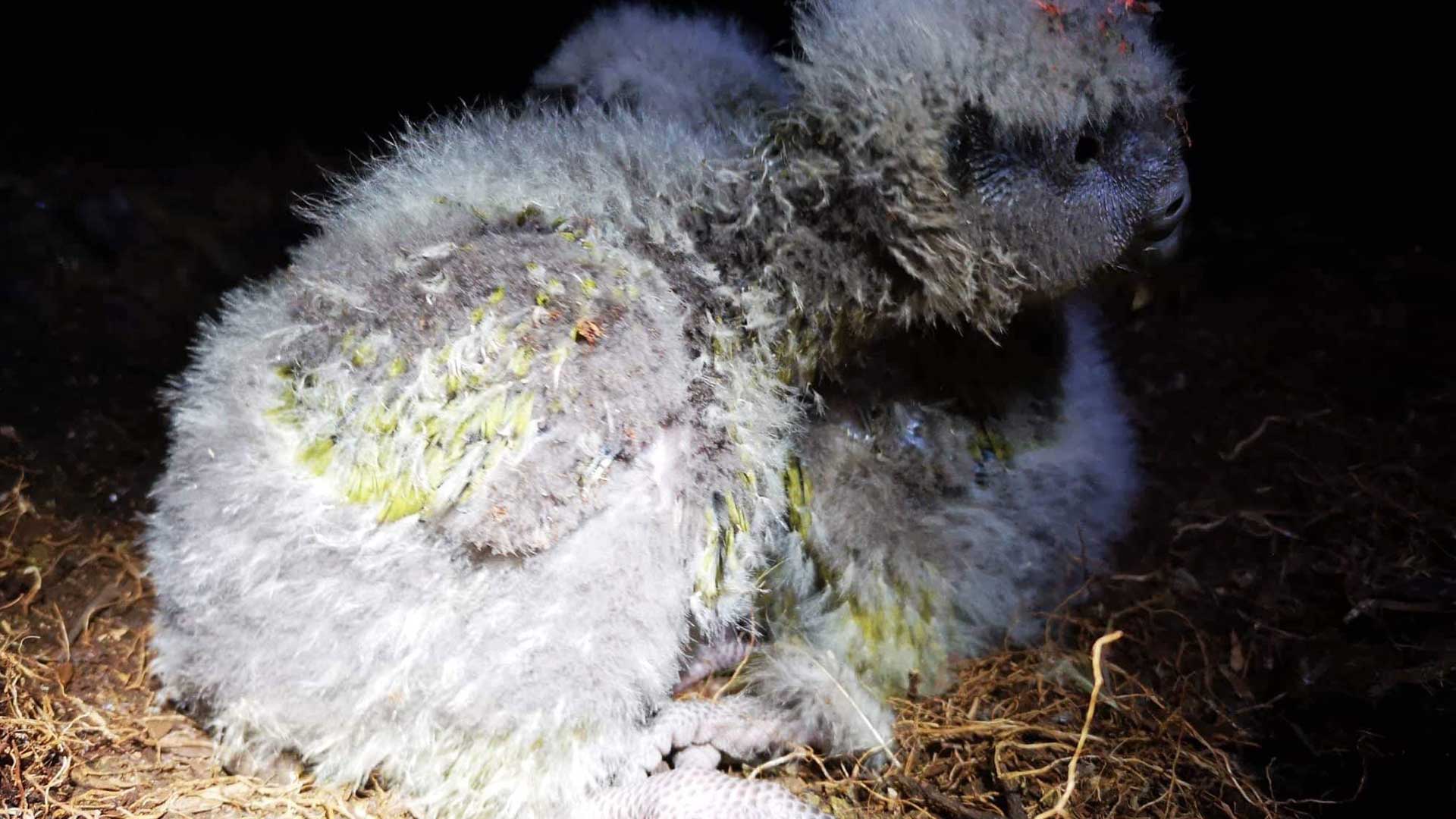At Auckland Zoo our mission is to bring people together to build a future for wildlife, and we do this by actively working on the ground, as well as collaborating with our conservation partners, to protect the environment and the animals that call it home – we call this Wild Work.
We take our role as kaitiaki (guardians) of the environment seriously, and spread the skills of our staff far beyond the borders of the zoo to help wildlife in wild places. One of the huge Wild Work projects we’ve committed staff time and resources to this year is assisting our partners at The Department of Conservation’s Kākāpō Recovery to hatch, rear, translocate and use our expert skills to help boost the numbers of an incredibly rare New Zealand parrot.



